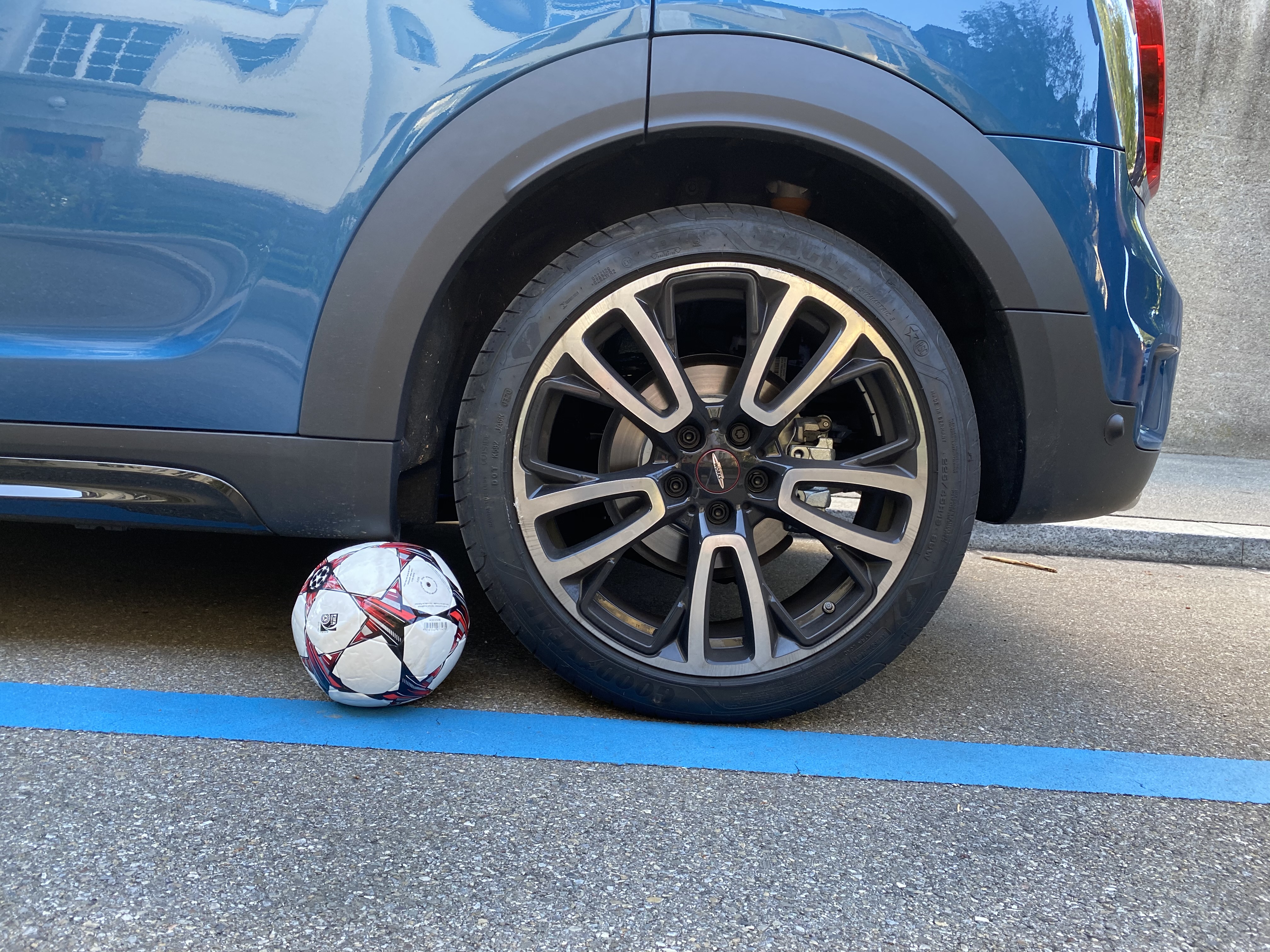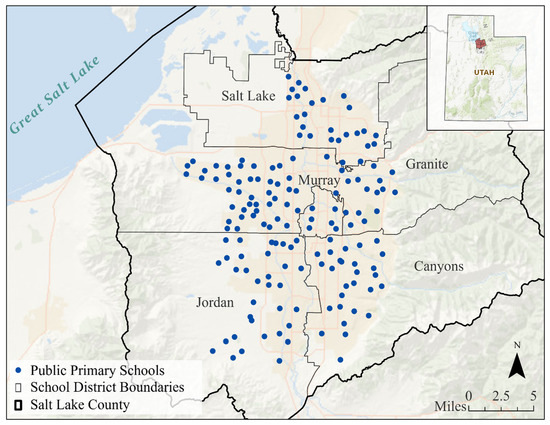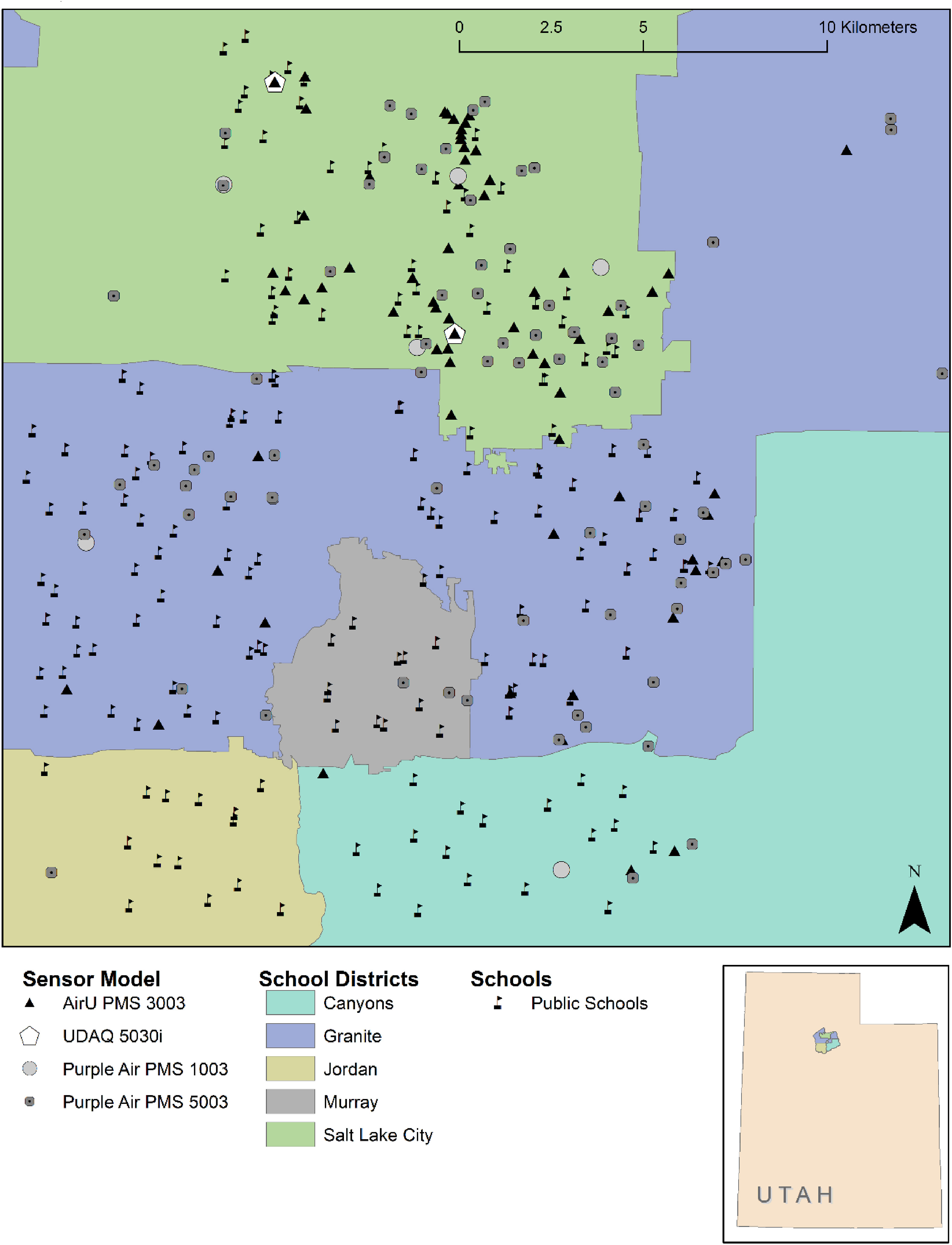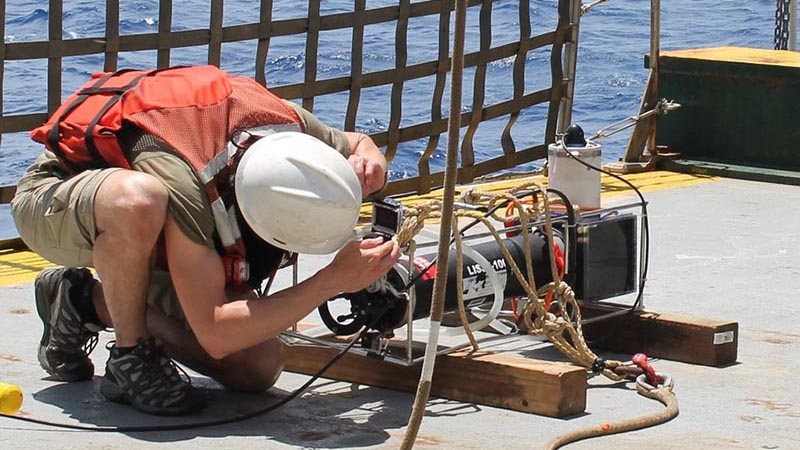Investigators from the Department of Neurosurgery at Cedars-Sinai have determined that exposure to polluted air could accelerate development of Alzheimer’s disease in those with genetic risk factors for the neurodegenerative condition.
Tag: Particulate Matter
Ammonia reduction should be prioritized in Europe’s fight against air pollution
A new study identified the reduction of ammonia emissions as a cost-effective measure to reduce concentrations of fine particulate matter concentrations in the atmosphere.
How to make hydrogels more injectable
Gel-like materials that can be injected into the body hold great potential to heal injured tissues or manufacture entirely new tissues.
“Dark” side of air pollution across China poses potential health threat
China is a night-time ‘hot-spot’ for the production of nitrate radicals (PNO3) that could have a major impact on health-threatening ozone and fine particulates (PM2.5) in the atmosphere, a new study reveals.
EPA Squanders Opportunity to Protect the American Public from Life-threatening Particulate Air Pollution
Today, the EPA released an inadequate proposed rule that fails to protect the health of the American public from the life-threatening effects of common daily exposures to the air pollutant, particulate matter.
Air pollution high at US public schools with kids from marginalized groups
Race- and ethnicity-based discrepancies in exposure to air pollution, especially regarding proximity to roadways and industrial zones, are well-established. A new study reports the first nationwide patterns in atmospheric fine particulate pollution and nitrogen dioxide exposure at U.S. public schools.

Study shows hazardous herbicide chemical goes airborne
New research from the lab of Kimberly Parker at the McKelvey School of Engineering shows that amines, sometimes used as an additive in herbicides, can enter the atmosphere, where they pose risks for human health and alter the atmosphere.
Common Environmental Pollutants Damage Mucus Structure, Function
In Biophysics Reviews, researchers review recent scientific literature about the effects of particle contaminants on the mucosal system, an internal membrane that serves as the body’s lubricant and the first line of defense from infections and toxins. These data establish a clear link between exposure to airborne or waterborne particulate matter and several health conditions.
Hopkins Med News Update
NEWS STORIES IN THIS ISSUE:
-Study: Race and Ethnicity May Impact Prevalence and Treatment of Heart Valve Dysfunction
-Johns Hopkins Medicine Suggests Eliminating Nerve Cell Protein May Stop ALS, Dementia
-Researchers Tell Doctors to Avoid Routine Urinary Tests for Older Patients with Delirium
-Johns Hopkins Medicine Researchers Show How Air Pollution May Cause Chronic Sinusitis
-Researchers ID Location on Brain Protein Linked to Parkinson’s Disease Development
-COVID-19 News: The Return of Onsite Schooling — and How to Keep Your Kids Safe from COVID
How air pollution changed during COVID-19 in Park City, Utah
Throughout the pandemic, air sensors watched during lockdowns as air pollution fell in residential and commercial areas, and then as pollution rose again with reopenings. The changing levels, the researchers found, which behaved differently in residential and commercial parts of the city, show where pollution is coming from and how it might change in the future under different policies.
Research News Tip Sheet: Story Ideas from Johns Hopkins Medicine
During the COVID-19 pandemic, Johns Hopkins Medicine Media Relations is focused on disseminating current, accurate and useful information to the public via the media. As part of that effort, we are distributing our “COVID-19 Tip Sheet: Story Ideas from Johns Hopkins” every other Wednesday.
How ‘green’ are environmentally friendly fireworks?
Researchers reporting in ACS’ Environmental Science & Technology have estimated that, although so-called environmentally friendly fireworks emit 15–65% less particulate matter than traditional fireworks, they still significantly deteriorate air quality.

Braking dust
The broad introduction of particle filters reduced the emission of combustion generated fine and ultrafine particles significantly. As a result, brake disc and tire abrasion are moving into the focus of public health experts and engineers, given their health harming potential. There is still a major challenge, though: How can the quantity and size of brake dust particles be measured correctly? Empa researchers are currently developing a sophisticated method.
Living near Trees May Prevent Vascular Damage from Pollution
Living near an abundance of green vegetation can offset the negative effects of air pollution on blood vessel health. The first-of-its-kind study is published ahead of print in the American Journal of Physiology-Heart and Circulatory Physiology.

This Anti-COVID Mask Breaks the Mold
To address PPE shortages during the pandemic, scientists at Berkeley Lab and UC Berkeley are developing a rechargeable, reusable, anti-COVID N95 mask and a 3D-printable silicon-cast mask mold.

Air pollution spikes linked to lower test scores for Salt Lake County third graders
More frequent exposure to air pollution spikes were associated with reduced test scores for third graders in Salt Lake County. Schools with a higher proportion of students of color and from households experiencing poverty were exposed to more peak pollution days than were schools serving middle- to upper- class and predominately white students.

School absences correlate to impaired air quality
In Salt Lake City schools, absences rise when the air quality worsens, and it’s not just in times of high pollution or “red” air quality days—even days following lower levels of pollutions saw increased absences.

Persistent inequitable exposure to air pollution in Salt Lake County schools
Salt Lake County, Utah’s air pollution is at times the worst in the United States. Underserved neighborhoods—and their schools—experience the highest concentrations. A new study utilized nearly 200 PM 2.5 sensors through the Air Quality and U network and revealed persistent social inequalities in Salt Lake County schools.

Enhanced climate change models possible through NSF grant
Mechanical engineering’s Matthew Rau will study ocean particulate matter, with the hopes of adding to the knowledge surrounding carbon dioxide absorption

Former EPA Assistant Administrator Available to Comment on Stalled Air Pollution Standards
On Tuesday, April 14, the US Environmental Protection Agency announced it would decline to impose stricter controls on particulate matter emissions, which are known to cause health problems and premature death. The current standard, enacted in 2012, limits the amount…
Finer particulate matter (PM1) could increase cardiovascular disease risk
Researchers report in Environmental Science & Technology Letters that particles with diameters less than 1 μm (PM1) are more strongly correlated with cardiovascular disease.